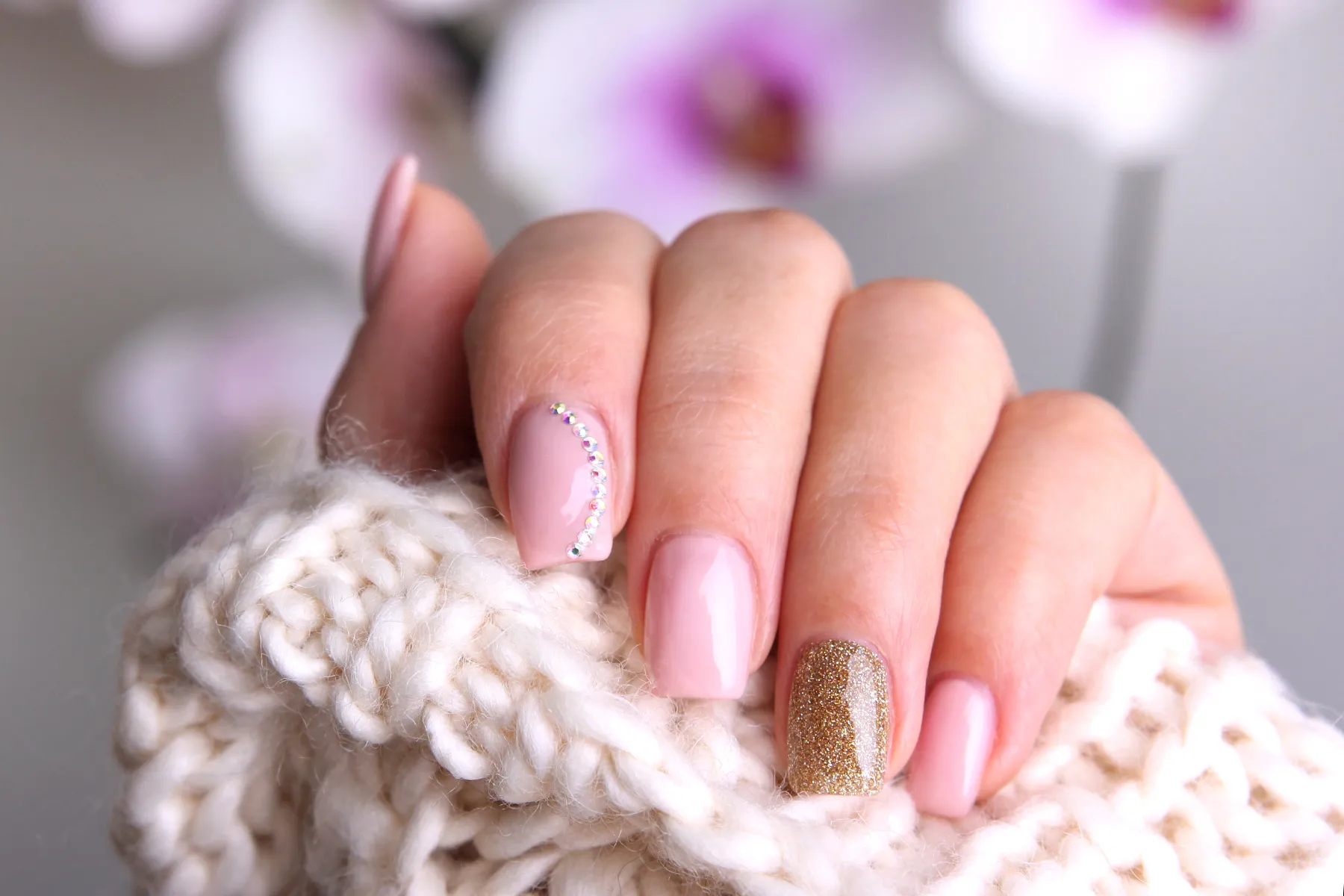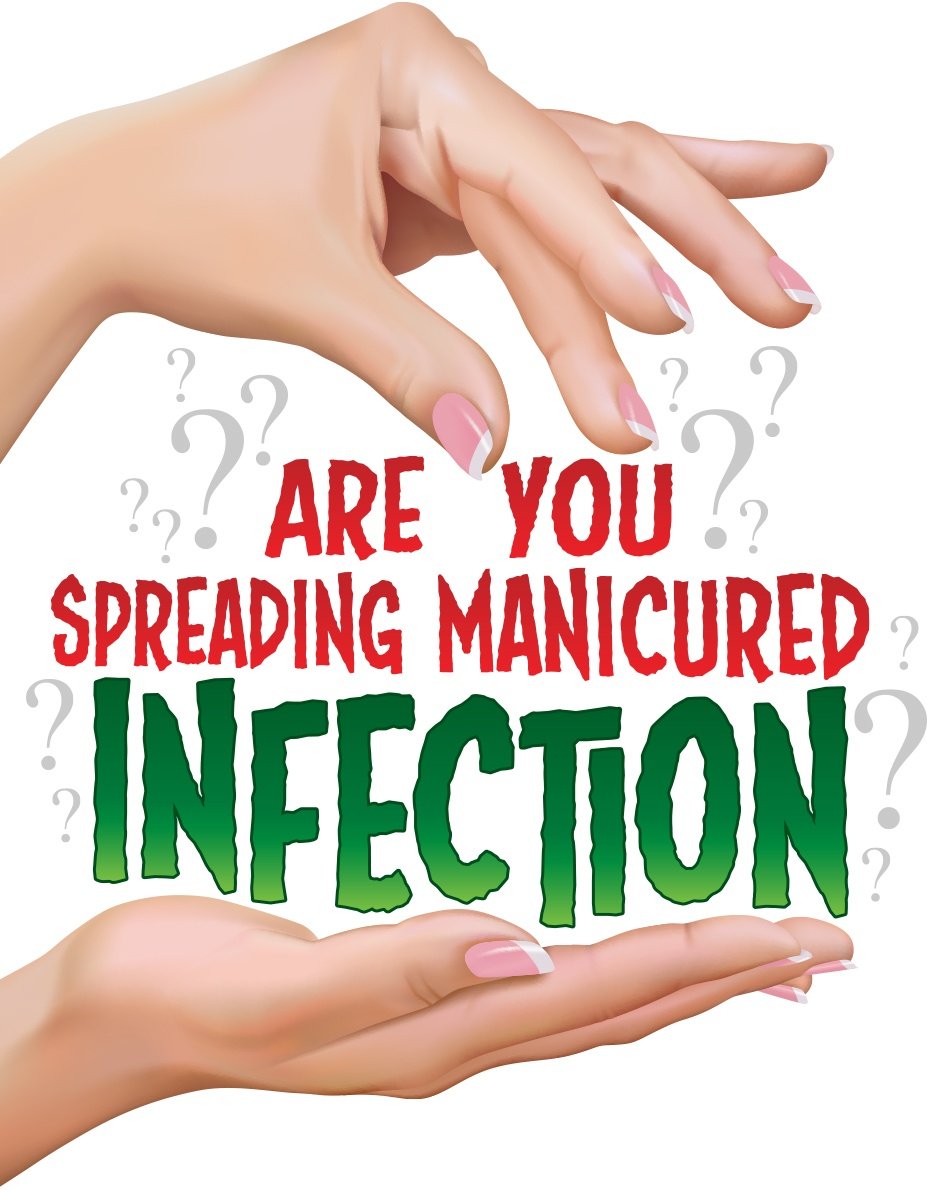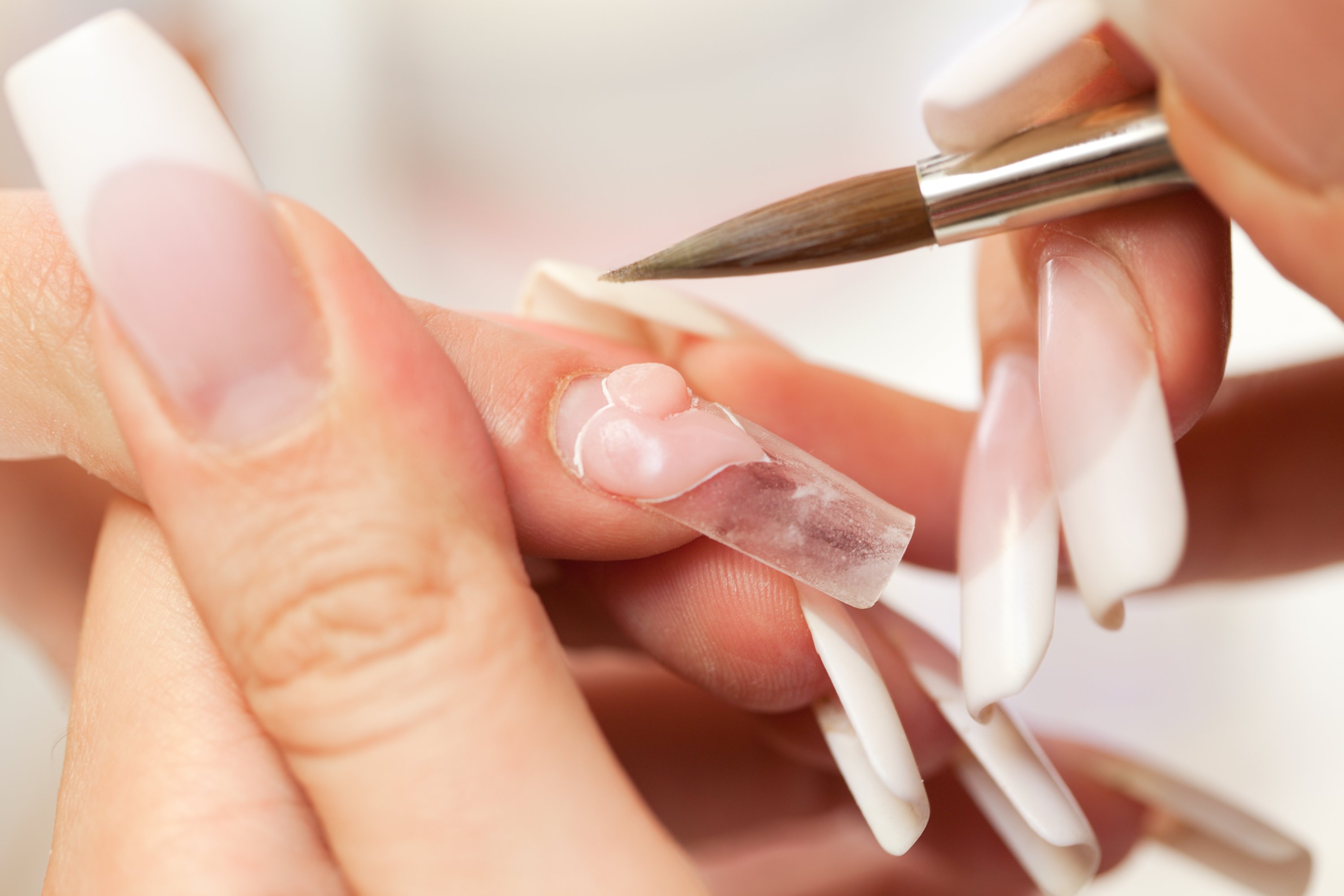Acrylic Nails And Infection Control
One important piece of.
Acrylic nails and infection control. Author links open overlay panel Angela L. However the most interesting aspect is a small reference to the problem of artificial acrylic nails being a source of infection. The hard gel and the soft gel.
Mayer MD professor of surgery in orthopedics at Dartmouth Hitchcock Medical Center in Lebanon NH. After handwashing there were higher numbers of colony-forming units of gram-negative. In several studies artificial nails have been shown to pose a risk of infection for patients.
Little is known about the new and popular gel nail products. In commercial settings such as nail salons External sterilize nail grooming tools before use. The Joint Commission has also added these recommendations from CDC to their Infection Control standards and included the issue of artificial nails in Patient Safety Goal 7.
According to this study any evidence that nail polish or fake nails leads to increased infection risk is inconclusive. There is debate whether artificial nails are putting patients at risk of nosocomial infections. Cultures were obtained before and after handwashing from the fingertips of 56 nurses with artificial nails and 56 nurses with natural nails.
To prevent the acrylic nail fungus infection make sure the nail salon you are going to is very clean and their equipment is sterilized after every use. Murphy PhD d Lindsay Helget. This is done to extend the length of the natural nails.
Although health care workers are following fashion trends when they wear artificial nails the implications of these nails for infection control is unknown. Acrylic materials used in nail products typically contain methacrylates either ethyl or methyl methacrylate. This study sought to evaluate the bacterial burden of gel nails standard nail polish and natural nails on the hands of HCWs.









